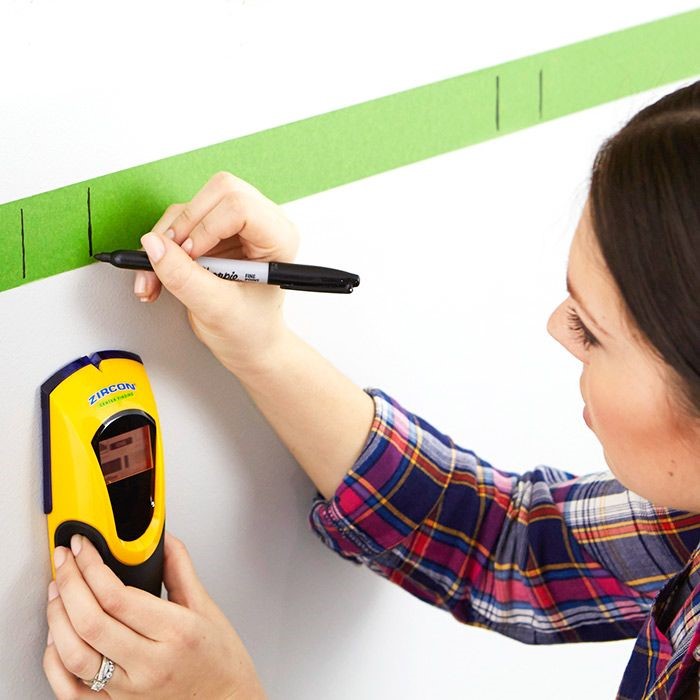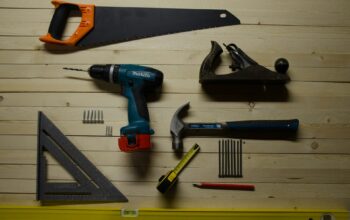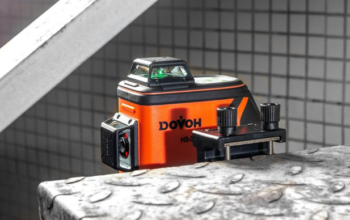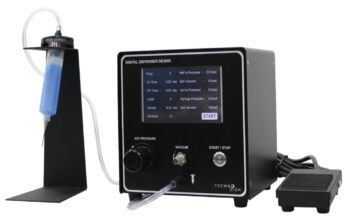Stud Finders: Definition, History, and Types
Studs are some board materials that work as a frame behind the walls. These are used on the walls that are not made strong enough to hold the support of heavy frames, for instance ceilings, drywalls, and lath. The device used to find the appropriate place to put a stud is by using a stud finder.
Now the main question arises is, what a stud finder is? How do they even work? Let’s find out the answer to all these questions in this post. We will discuss various things about stud finders like- what are they, what their work is, and how they are made.
In the next section of this post, we will explore the various types of studs available and will go through the usage of studs. So without more introductions, let’s head to the first topic:
Stud finder- What is it?
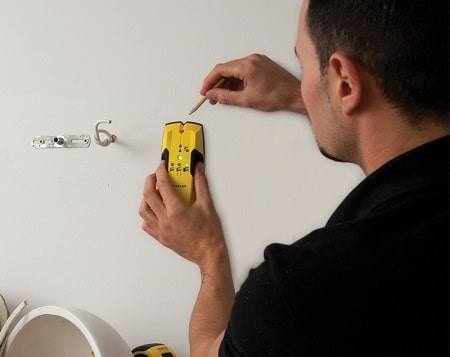
As a brief description, they are the devices that are used to locate the positioning of studs on a wall. They are also known as stud sensors and stud detectors as well. They come in various types.
The thing which is used to place heavier objects like artworks or televisions is known as hanger. These hangers are needed to be attached to a stud so that the weak wall can support such heavy objects.
Stud helps in maintaining the support for these objects. This is the main reason, we need to detect its location while planning to drill or screw something on your wall, to be more precise, a drywall.
An experienced builder does not needs a stud detector since he can detect the location of a stud just by knocking on the walls and determining the sound. But common people like us cannot do this without the use of a stud finder.
They fall into two major categories that are – electric and magnetic.
A little history about stud finders
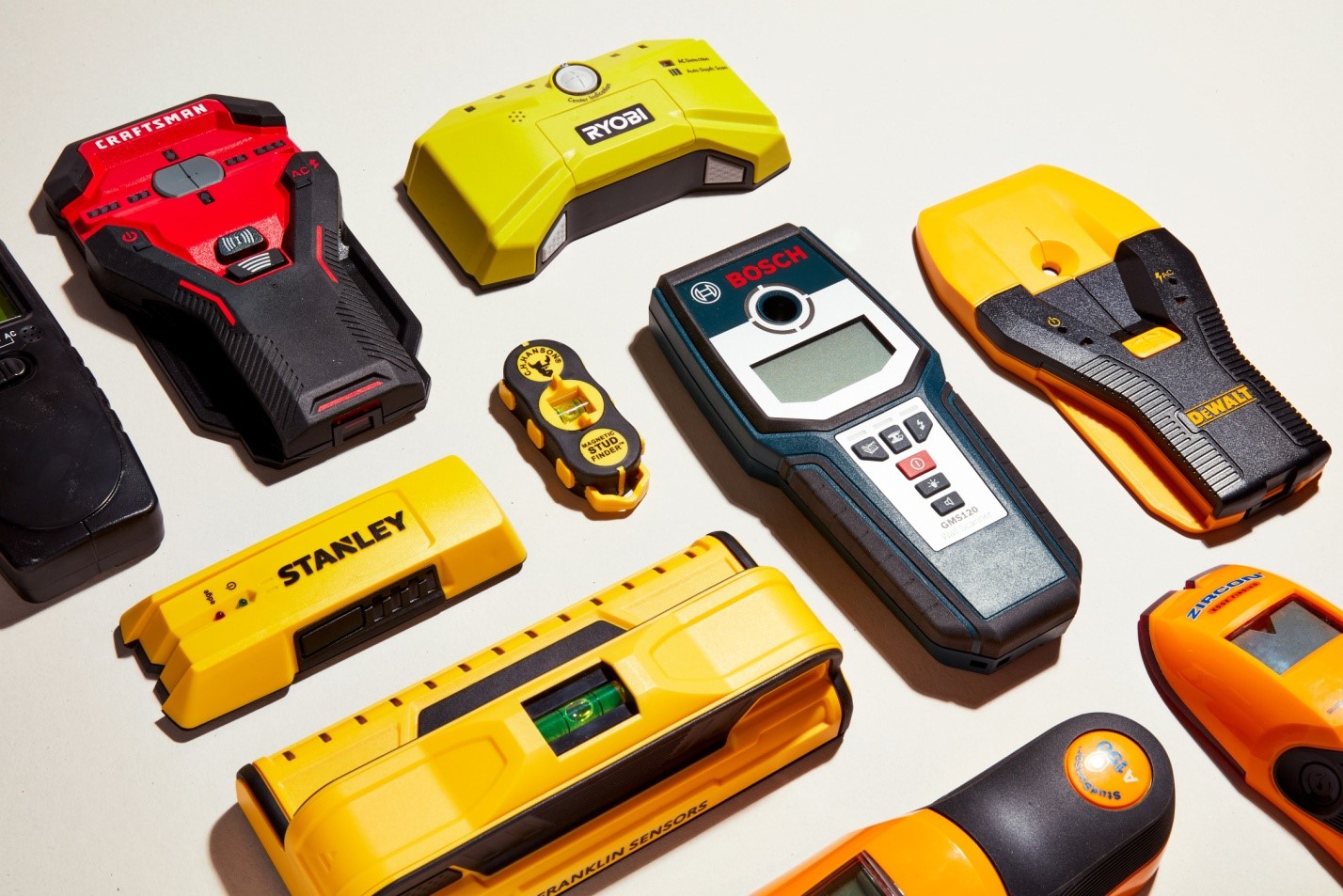
The first-ever devices were introduced in the early 1900’s (history books), although they are considered modern devices. At that time they were of magnetic form and depended on magnets to locate the studs inside the walls.
Later on, a researcher called “Robin Franklin” invented the electronic stud finders in 1977. This device used its internal capacitor to determine the density of the wall to locate a stud.
The patent of Franklin’s device came to an end in 1998, before that it was manufactured by Zircon. Nowadays, there are a lot of models and companies available to choose from. The figure says approximately there are thousands of different models available.
The stud finders are also adopting new technologies and are using numerous sensors nowadays. They are designed in such a way that they can detect multiple studs at once. Apart from the location of studs, modern devices also provide you the information about the width of the studs.
Different variants
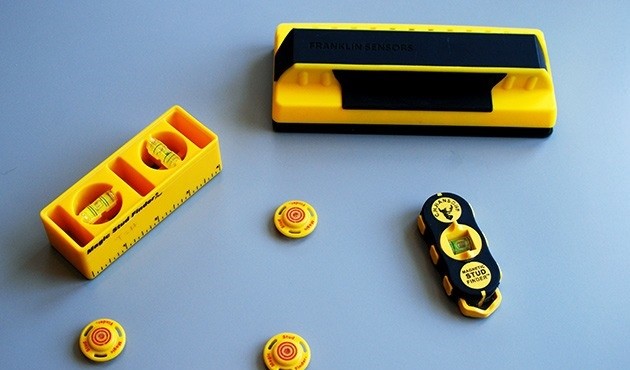
As we told you above, there is a lot of variety available in these devices. But all these fall into two major categories i.e. magnetic and electric. Here’s detailed information about the two:
- Magnetic stud finders
They are the finders that make use of a magnet to detect the studs. But wait, they also fall into two major categories, which are:
1.1 Stationary magnets
These magnets are utilized for determining the location of a stud in the wall. You just need to run through the wall, using your device until you observe a magnetic force in the device. The place where you feel such a force has a stud in it.
These variants are usually used in drywalls since in drywalls, studs are placed closer to the surface of the wall and therefore, are easy to detect.
These are not good for walls made of plaster since in such walls, the studs are placed deeper and hence the magnet can never catch them.
1.2 Moving Magnets
As said, stationary magnets can never be used to detect studs in a wall made of plaster; moving magnets increase the magnetic field of the magnets and therefore, can easily detect deep fitted studs. These types of devices make use of a magnet called neodymium magnet which is a very rare earthly metal that has the strongest magnetic pull.
They have a speed, similar to that of the metal’s depth. They produce a buzzing sound once they detect a stud. Therefore, the intensity of sound is higher in drywall and low in a plaster wall.
- Electronic finders
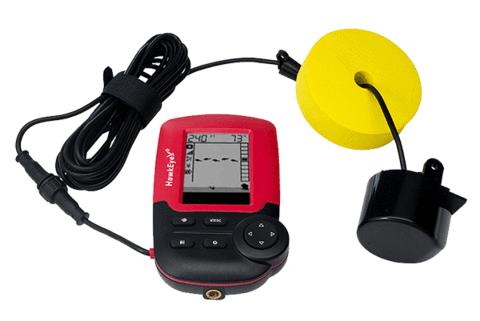
These are exactly opposite of magnetic finders. They are designed in such a way that they notice the dielectric change in walls to determine the studs . They fall into three subcategories, which are:
2.1 Edge finders
The explanation of this device is hidden in is name itself. They determine the change in density of a wall, once the edge of a stud is found.
These are known to be the very basic electronic studs that are needed to calibrate in an empty part of the wall, before starting to run it against the wall.
You need to move the device in both directions before correctly determining the edge of a stud in the wall. After that, you can detect the location precisely. They cost comparatively less than the other devices since they are very time consuming and the most basic ones.
2.2 Center finders
These are very complex type of devices but provide the best results. They identify the center location of a stud by using two sensors that read the separate densities of walls at once. They produce a sound when both the sensors provide the same reading.
2.3 Instant finders
This one is the last type of electronic stud finders that are the most accurate ones. They are the most effective too. They have a special feature that they can detect various studs at once. They make use of various sensor plates and they are not required to move across the walls. Hence, they bypass every problem one can have while detecting studs in a wall.
Conclusion
So that was all about stud finders and why it is essential toolboxgadget. We told everything about them. Have a good day.
Related Posts

